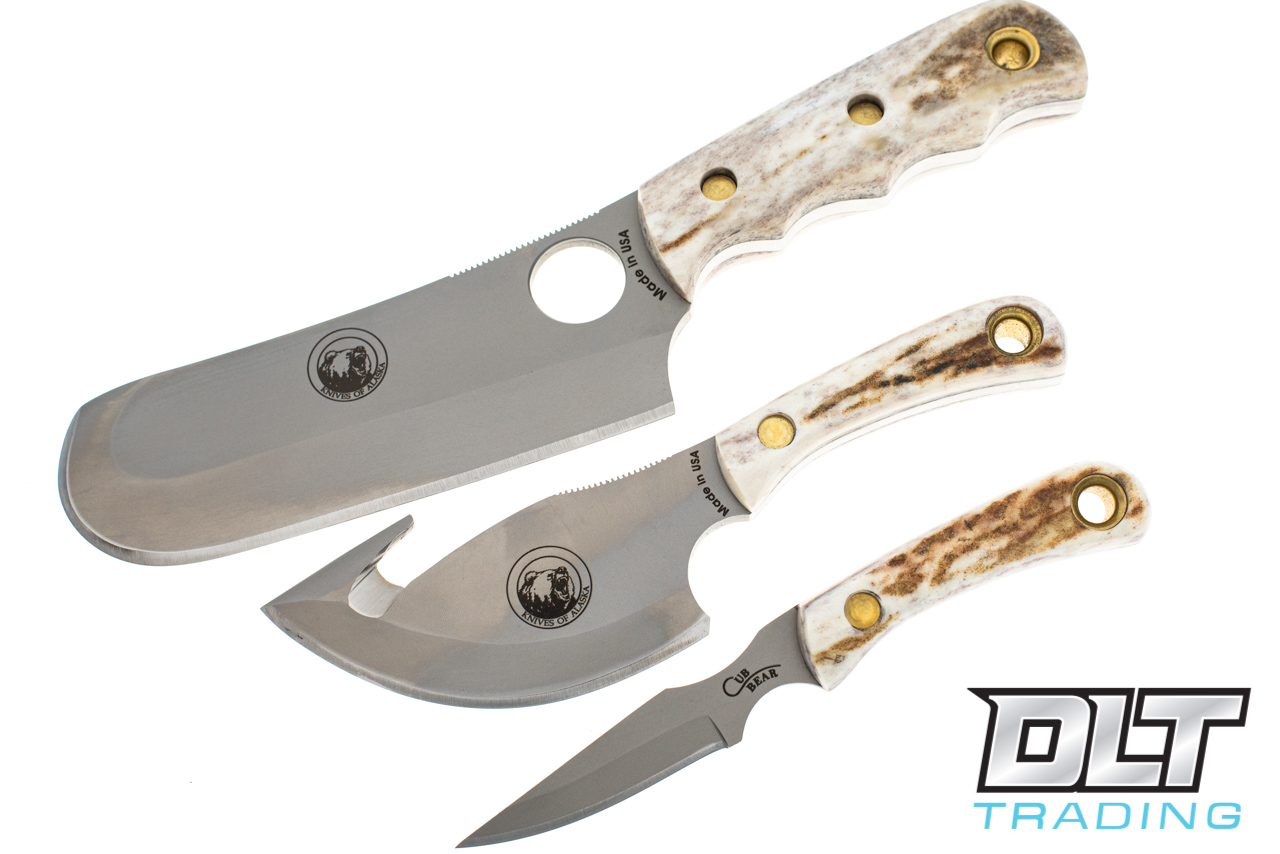Not known Details About Bmerry Studio
Table of ContentsThe smart Trick of Bmerry Studio That Nobody is Talking AboutHow Alaskan Ulu Knives can Save You Time, Stress, and Money.Alaskan Ulu Knives Can Be Fun For AnyoneTop Guidelines Of Bmerry Studio
I will assume that the width and also angles will certainly be playing to the staminas of each of the grinds. Think of how a cave curves in, or assume "con-cavity".
A complete hollow grind goes from the edge all the way up to the spinal column. The Black Widow Caper imagined above is nearly a full hollow work; you can see that a little bit of the stock on the spinal column is still left unground. The hollow grind is prominent for both production and also handmade knives.
Altering wheel size can be expensive for producers and also handmade makers alike, which may restrict hollow ground layouts to specific sizes, or incur added expenses to make a particular design. The hollow grind is generally done on a thin blade, and after that ground to have a slim edge. As I described in my post on Blade Edges, thinner sides are a little weaker but they additionally cut better than thicker edges.
The Only Guide to Bmerry Studio Ulu Knives
If you integrate a hollow work, a slim edge, and a good deep tummy, it will certainly be one of the best slicing blades you have actually ever before had. One benefit of the hollow work is that the blade does not raise in thickness as substantially as other grinds do. This means that as you hone the edge, it will remain nearly as thin as when you first got your knife.
The hollow grind does have a downside of training course. Considering that there is much less product sustaining the side, it can chip or surrender with tough usage which make hollow grinds undesirable in huge layout blades like machetes. If you require your blade to be a supreme slicer, the hollow grind will certainly execute very well.
Hollow grinds prevail on searching as well as skinning blades because of this. One more blade that uses the hollow work is the straight razor. The exceptionally slim edge you can accomplish with a hollow grind enables very easy push cutting with the straight razor.: Fantastic cutting ability, easy to develop, less complicated to produce (can be subjective).
The complete flat grind is as it seems - the work goes all the means down from the spinal column to the edge bevel in a level, linear slope. The level work is one of the most flexible grinds.
The smart Trick of Alaskan Ulu Knives That Nobody is Talking About
Or it can be a balance in between both. Many flat grinds are a balance between both, though it will certainly resource rely on the style. The complete level work is thickest at the spinal column for stamina, however tapers down into a relatively thin edge for outstanding slicing. Much more steel is removed from the sides, allowing for simpler cutting and allowing the blade to relocate via mediums simpler.
The level work's primary bevel inclines linearly and gradually. This permits the full flat work to pass with materials with even check my site more simplicity than various other grinds that incline non-linearly (hollow), or at steeper angles (sabre). This is why the majority of kitchen knives are level ground - so they can pass through food conveniently without much resistance.
If someone claims "sabre hollow ground" you recognize the blade has a hollow work that begins partway down the blade. The shift line between the key bevel as well as the unground portion of the blade is referred to as the Sabre Line. The sabre grind is used when the maker wants a stronger blade.
The sculpt grind is not ground on one side whatsoever. It is completely level on one side, and has the key bevel just on one side. BMerry Studio Ulu Knives. The chisel grind might or might not have a secondary edge bevel. The knife envisioned above, and the profile representation picture to the left, are both sabre chisel grinds.
The Best Strategy To Use For Bmerry Studio Ulu Knives
A full sculpt grind would have the bevel copulate as much as the spine (BMerry Studio). The carve work is simple to make, as you only need to grind one side, and also you don't have to make the work symmetrical with the opposite. The carve work is additionally very easy to hone for the exact same factor - there's only one side to develop (and after that important site strop off the burr).

The low sabre work creates an obtuse key bevel angle, incorporated with a carve grind, produces a really thick and tough edge.: Superb toughness, great slicing (depending upon angle), very easy to hone, can have terrific reducing capability (again - angle).: Often found in choppers such as machetes or various other bushcraft blades.